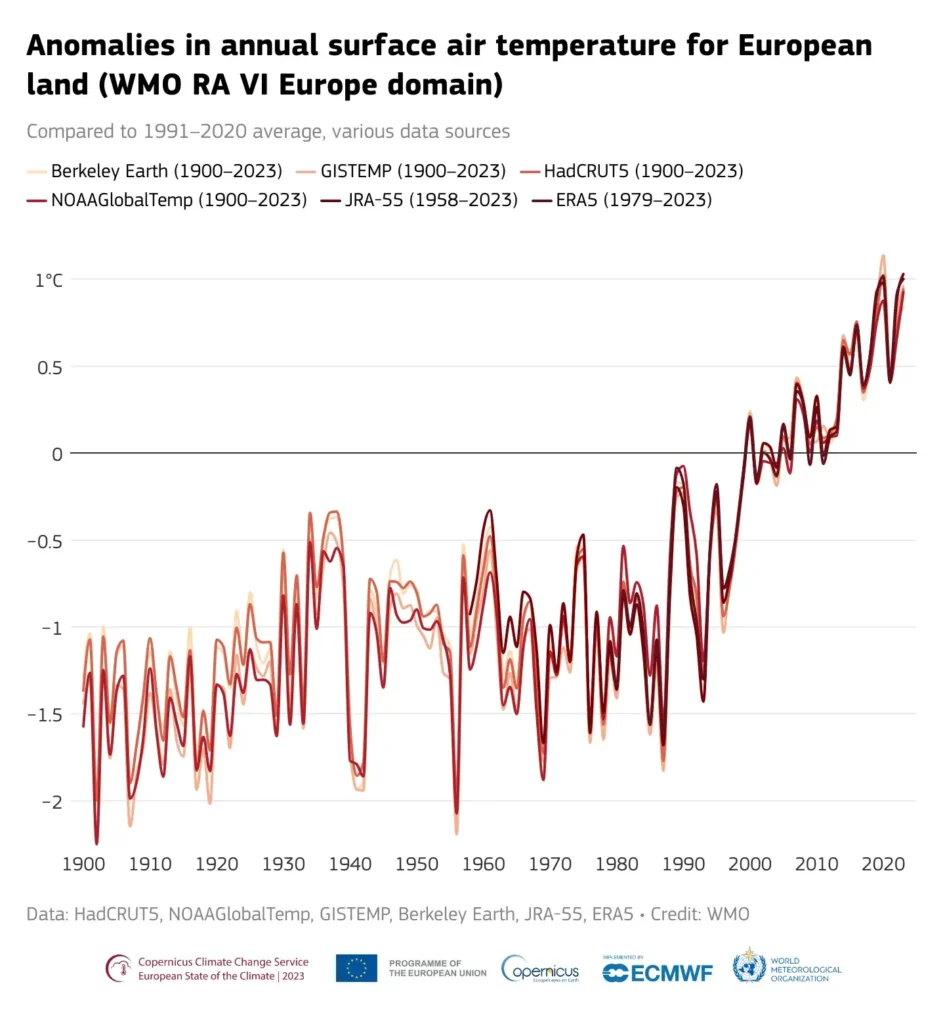Heat-related mortality in Europe rose by 30% over the past 20 years

Europe is facing another season of potential extreme heat as scientists and health services monitor the upcoming European summer months. The Copernicus Climate Change Service and World Meteorological Organization found that heat-related mortality in the continent have increased by 30% over the past 20 years.
Heat-related mortality on the rise as Europe braces for another scorching summer
The year 2023 was the warmest on record in Europe, or second warmest by a small margin depending on data sets used. Samantha Burgess, deputy director of Copernicus Climate Service, noted that record numbers of Europeans faced health stress and the continent’s largest wildfire last year.
Seasonal forecasts indicate the upcoming months of June, July, and August in Europe will likely be warmer than average. However, Burgess warned that predicting this summer’s temperatures is challenging due to the fluctuating El Niño and La Niña weather patterns.
The latest climate change report shows 2023 had a record number of days with “extreme heat stress” and found that 40% of southern Europe experienced significant heat stress in July last year. Cerberus heatwave in July saw temperatures reaching 47.3°C in Sardinia and 48.8°C in Sicily.
In 94% of the European locations that have been studied during the past 20 years, deaths related to heat have increased. In 2022, nearly 62,000 heat-related deaths were recorded across the continent.

At a pace of temperature rise almost twice as rapid as the rest of the world, Europe is the continent experiencing the fastest global warming. All three warmest years on record in Europe have occurred since 2020. Extreme heat causes the greatest mortality among extreme weather events, stressing the need for more resilient health services and early-warning systems.
The study also revealed that the average sea surface temperature in Europe was at its highest point ever, with a marine heatwave in June of last year having a particularly strong impact on the Atlantic Ocean to the west of Ireland and the UK. Additionally, Europe experienced 7% more precipitation than average last year, with fewer snow days and significant glacier ice loss in the Alps due to heatwaves.
LATEST NEWS
DISCOVER MORE





